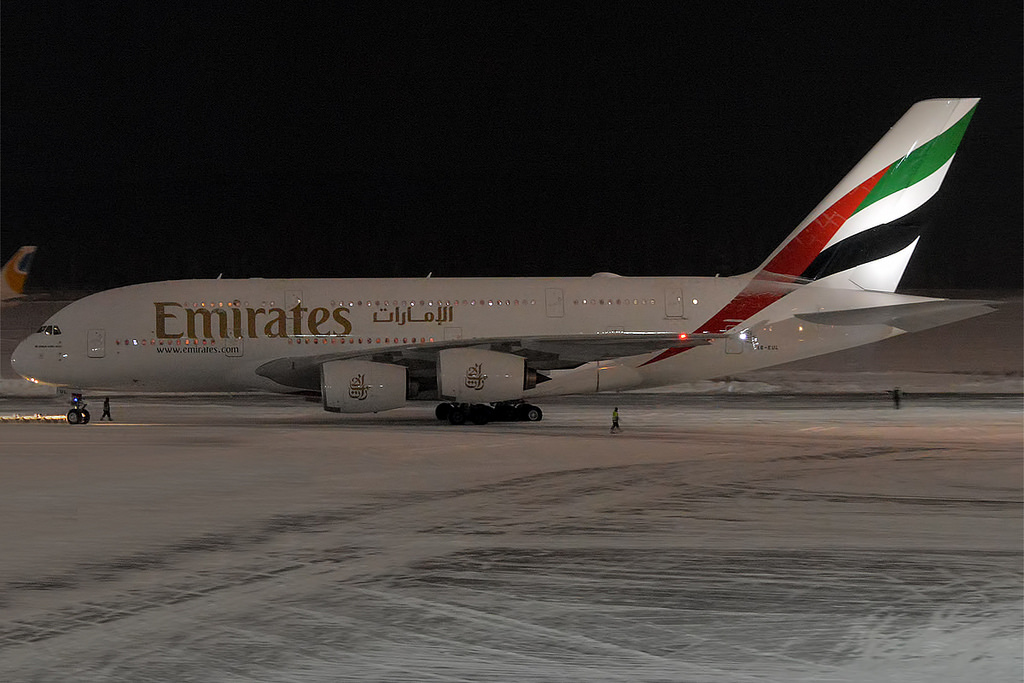Emirates A388 over Arabian Sea on Jan 7th 2017, wake turbulence sends business jet in uncontrolled descent
Last Update: June 30, 2017 / 17:18:40 GMT/Zulu time
On Jun 22nd 2017 the European Aviation Safety Agency (EASA) released their Safety Information Bulletin 2017-10, the draft of which had already been covered in earlier coverage.On May 16th 2017 Germany's BFU released their January 2017 Bulle...
On Jun 22nd 2017 the European Aviation Safety Agency (EASA) released their Safety Information Bulletin 2017-10, the draft of which had already been covered in earlier coverage.On May 16th 2017 Germany's BFU released their January 2017 Bulle
You've hit your monthly reading limit
Get a subscription or get a day pass right now and read this article and over 15'000 more.
Incident Facts
Date of incident
Jan 7, 2017
Classification
Accident
Airline
Emirates Airlines
Aircraft Registration
N343434
Aircraft Type
Airbus A380-800
ICAO Type Designator
A388
You have reached your free reading limit for this month.
Subscribe to AeroInside now and continue reading without any limits.
Subscribe today
Are you researching aviation incidents? Get access to AeroInside Insights, unlimited read access and receive the daily newsletter.
Pick your plan and subscribePartner

ELITE Simulation Solutions is a leading global provider of Flight Simulation Training Devices, IFR training software as well as flight controls and related services. Find out more.
SafetyScan Pro provides streamlined access to thousands of aviation accident reports. Tailored for your safety management efforts. Book your demo today
AeroInside Blog
Popular aircraft
Airbus A320Boeing 737-800
Boeing 737-800 MAX
Popular airlines
American AirlinesUnited
Delta
Air Canada
Lufthansa
British Airways
